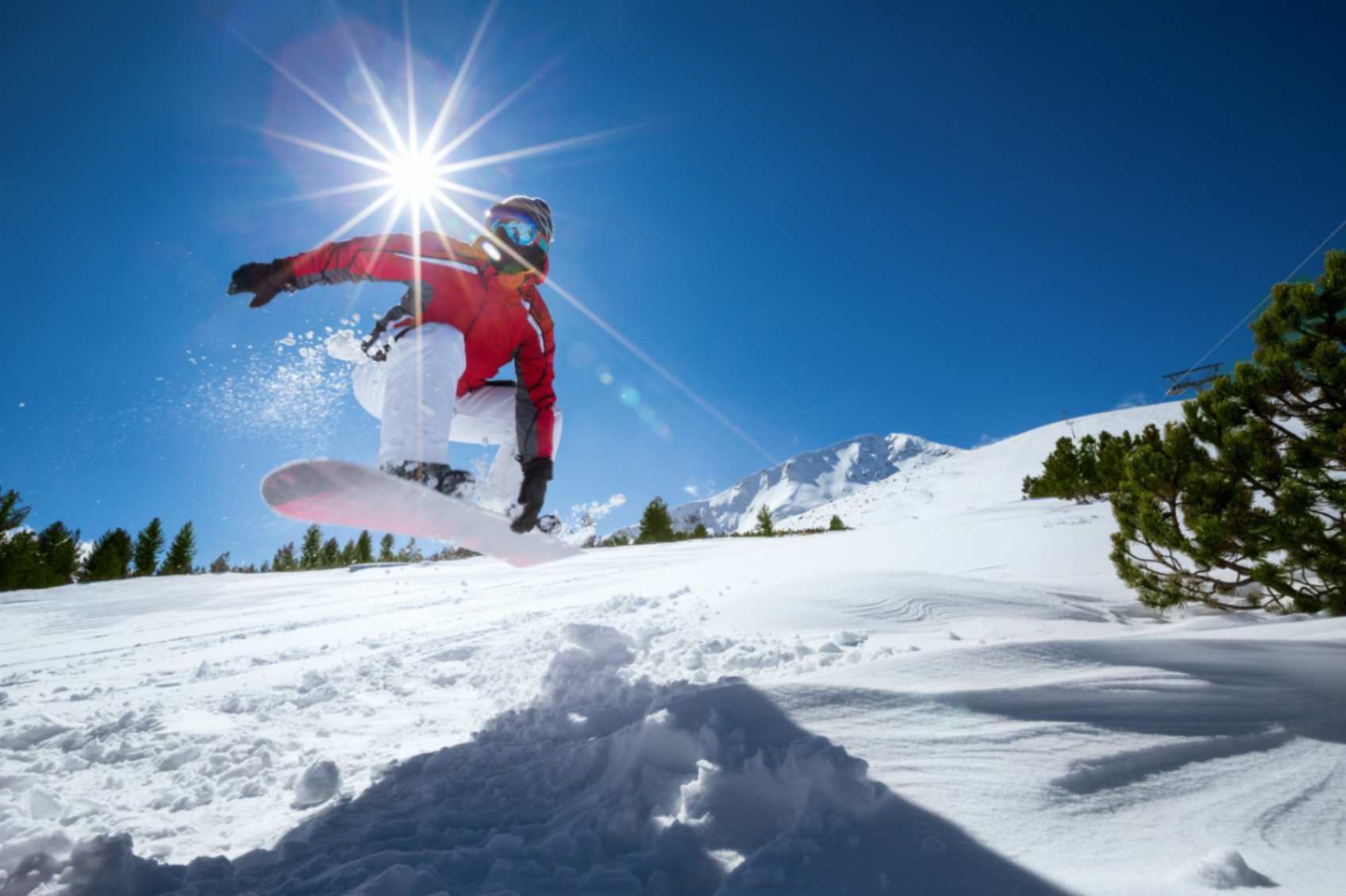Our top tips for preparing for the slopes
icon
The winter snow season is well and truly upon us, and travellers are getting ready to hit the slopes in the coming weeks.
Coast Sport has put together our top tips for preparing for the slopes and staying healthy and injury free while you are there!
1. Prepare
Did you know that even when you are at home in summer wishing it was snow season, you can be working towards preparing your body for better performance on the slopes?
Strength training can benefit skiers and snowboarders.
A few ideas to try:
Balance work.
– Balance is an important aspect of winter sport, so get practicing before you go, your body will thank you later! Try bosu ball work, such as bosu squats and single leg balances.
Strength work.
– Exercises such as lunges and lateral lunges use the muscles that you will use on the slopes.
Don’t forget your core!
– A strong core will benefit you in many ways and help stabilise you on the slopes. Try exercises such as planks and side planks.
Check out our video below for ideas.
2. Warm up!
When you first get out on the slopes in the morning, consider this. You have just got rugged up in your snow gear in the comfort of your heated lodge of hostel where you are staying. You get your gear ready and head out in to the freezing cold and immediately start skiing or snowboarding. Your body is not yet warmed up, and combing the cold climate with cold muscles is a recipe for injury.
A warm up doesn’t have to be tediously long. 5 to 10 minutes of dynamic warm up is well worth not getting injured and saving the muscles from cramps and pain later on. Start with some jogging on the spot, leg swings, arm swings and throw in a couple of squats and lunges and you are good to go. Your body will thank you later. Our video below shows a quick warm-up that you can easily perform on the slopes.
3. Look out for early signs of injury.
Pain in your knee or a bit of a sore back? Don’t ignore it. If you have niggling injuries before you go to the snow, it is best to get them checked out by a physiotherapist to make sure they are good to go and get the best advice for managing them while on the slopes. If you get injured while you are there, it is important to take the injury seriously. Always remember the POLICE principle for managing soft tissue injuries and get injuries checked out by a doctor or professional.
POLICE
Protection: This includes resting the injured area initially and starting gentle motion after a few days.
Optimum Loading: Although resting the injured area, some movement should still be maintained. Start with passive range of motion and move on to active range of motion.
Your physiotherapist can advise you on the best exercises to use for your rehabilitation.
Ice: Ice can help manage swelling and decrease pain. As a rule of the thumb, try 10 minutes every hour. Remember, ice should not burn.
Compression: Compression bandages may help your rehabilitation. Speak to your physiotherapist about the best method for you.
Elevation: Try to elevate the area on a stack of pillows when lying down.
bKDJJ82wTso
700
400
qHqxKBZxV6M
700
400
Book an appointment at Coast Sport by calling (02) 4356 2588 or book online via the button below!




 Helping the Central Coast Feel Well, Move Well and Perform Well!
Helping the Central Coast Feel Well, Move Well and Perform Well!